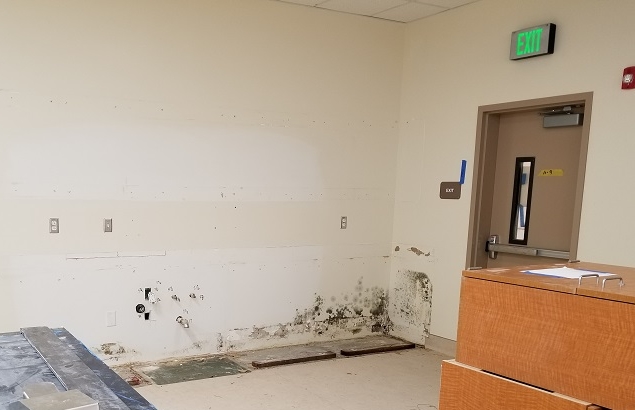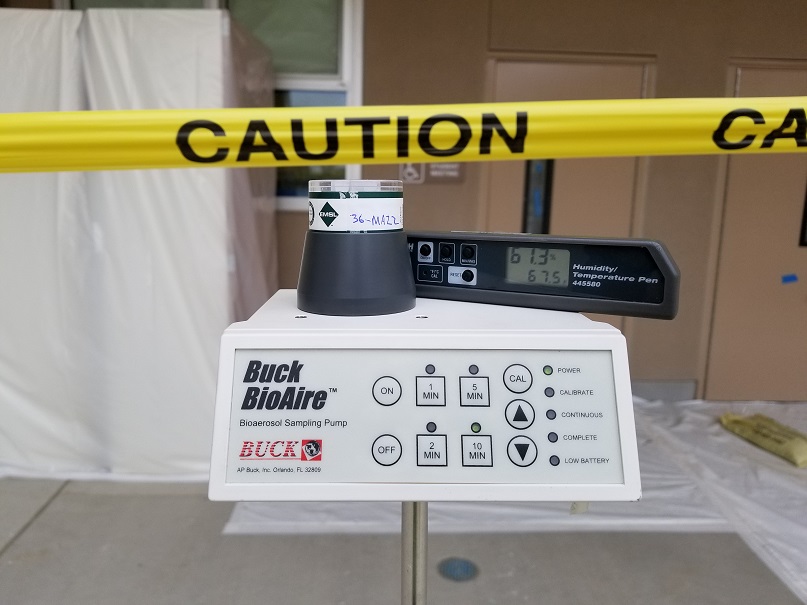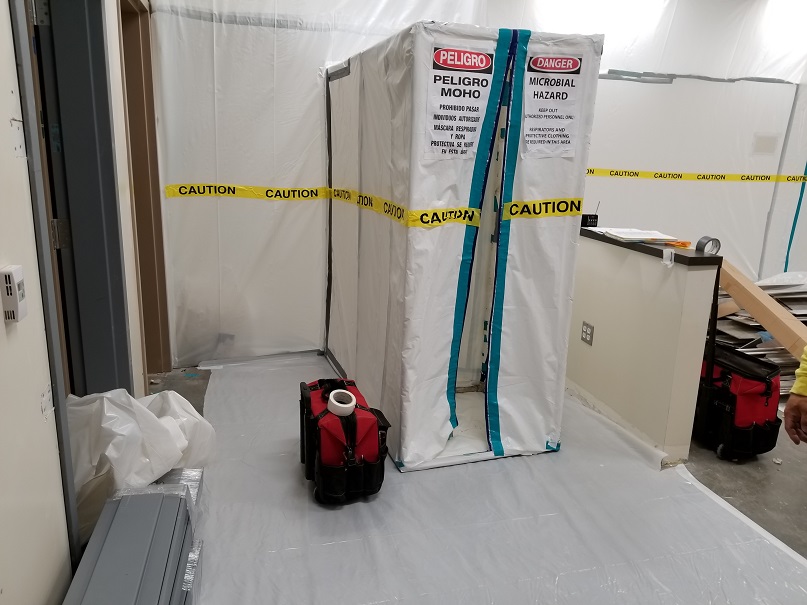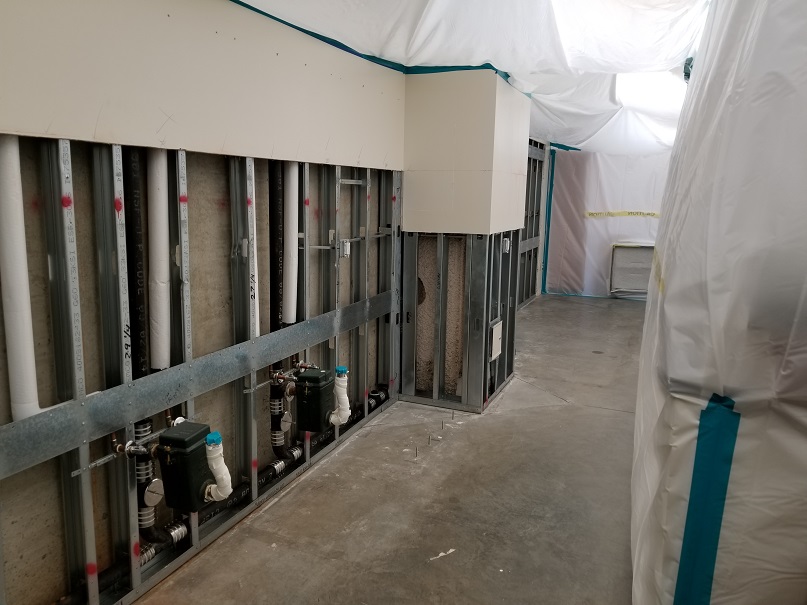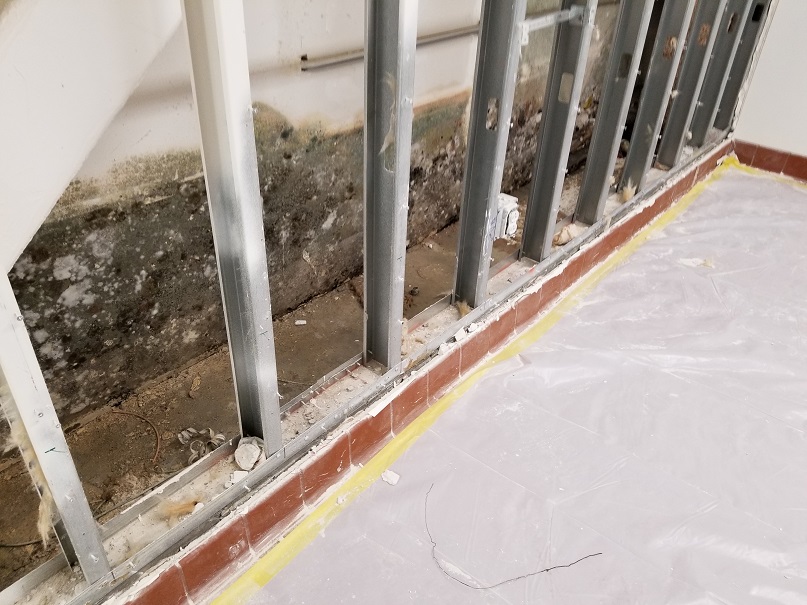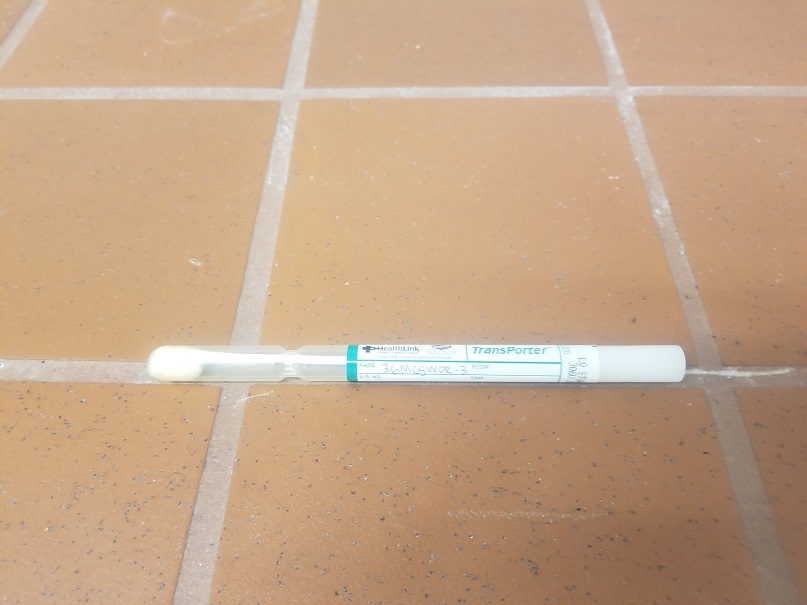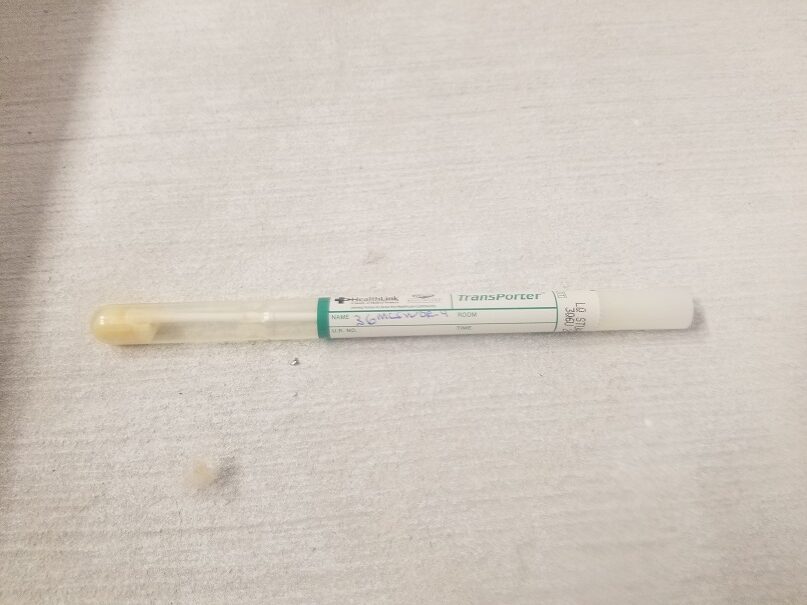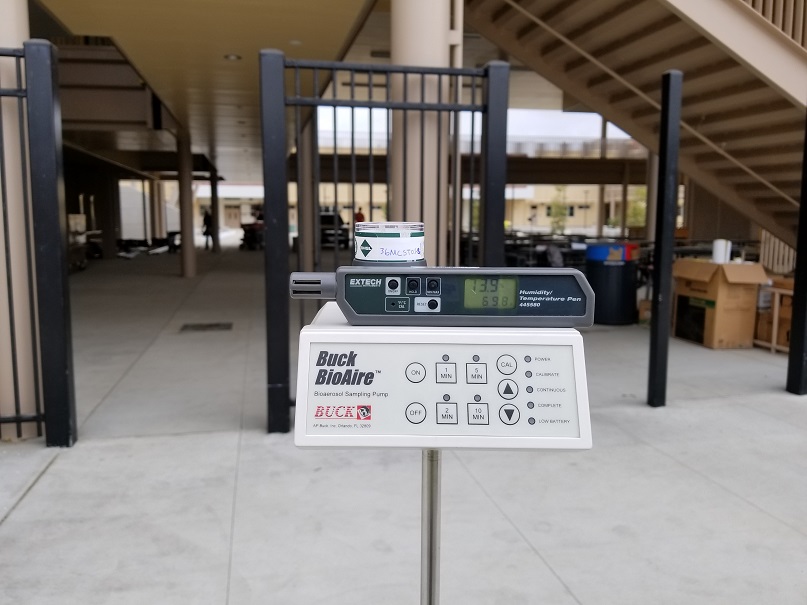Integrity Environmental concluded an indoor air quality (IAQ) evaluations for a K-5 School. The IAQ assessment was triggered by a complaint from a school faculty. The investigation and laboratory analytical results, including real-time measurements of temperature, relative humidity, carbon monoxide and carbon dioxide in classrooms prompted the remediation of mold-impacted building materials in various classrooms. The remediation was performed by an abatement contractor and included the removal of impacted gypsum wallboards, cleaning and disinfecting walls, floor of the classroom as well as the classroom contents. The source of water intrusion was suspected to be a faulty roof drain catch basin. Post work ambient air tests were performed by spore-trap to measure mold spores in the classrooms.
At the conclusion of our investigation, the IAQ survey revealed the real-time measurements of the temperature, relative humidity, and carbon monoxide levels at normal concentrations during school hours. The carbon dioxide level revealed an above normal concentration during school hours. The American Society of Heating, Refrigeration and Air Conditioning Engineers set a standard of 1,000 ppm CO2 for indoor spaces. At times, CO2 levels exceeded 3,000 ppm during school hours. The survey also revealed acceptable indoor mold genera (singular genus) and their spore concentrations compared to the outdoor mold genera and spore concentrations. The main genus identified in the building and outdoor was Ascospores, Aspergillus/Penicillium, Basidiospores, and Cladosporium. The scope of work included the following tasks:

